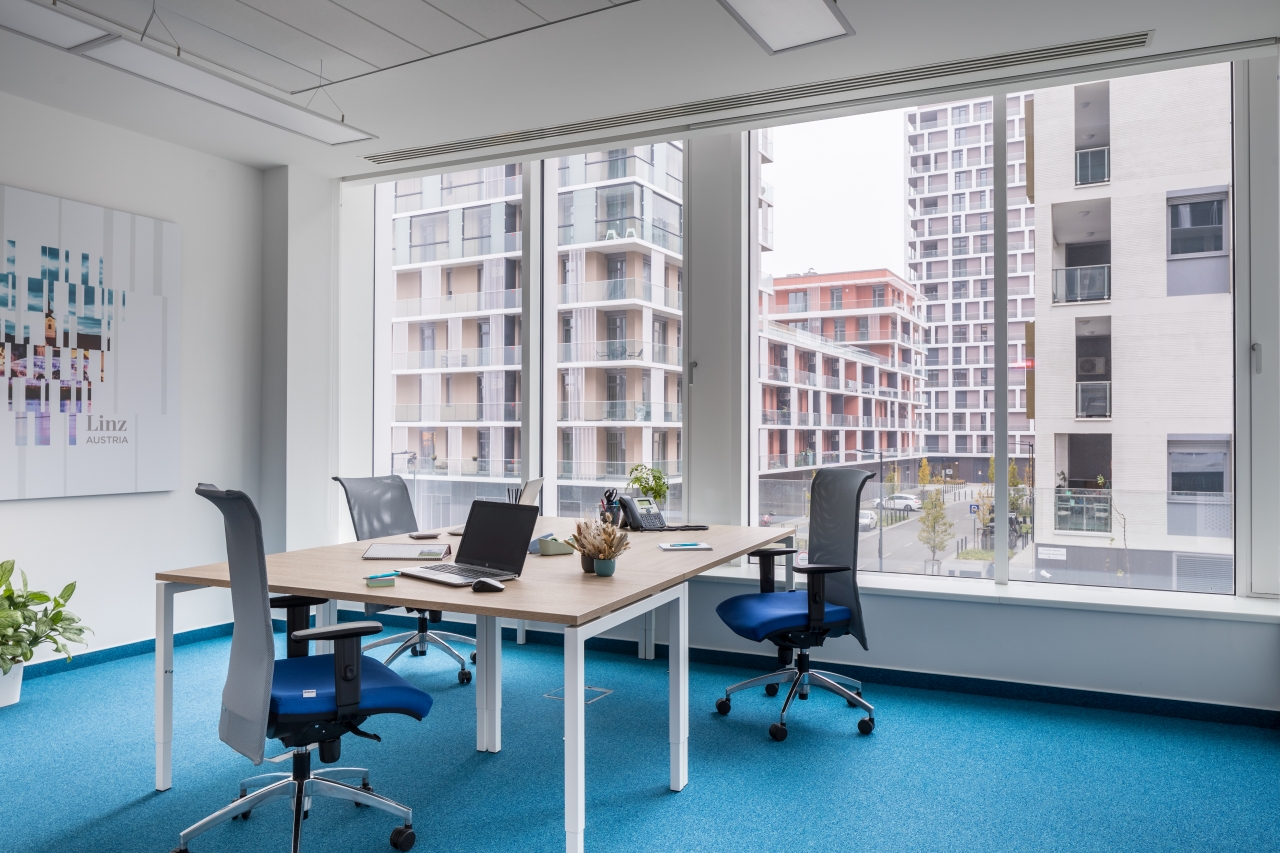5+1 expressions in office lease explained
An office lease is a contract between a landlord and tenant for the use of office space. The lease defines the rights and obligations of both parties during the term of the lease. Typically, the term of a conventional office lease is 5 years.
Keep reading to learn more about the clauses in an office lease!
1. Rent & Base Rent
1. Rent & Base Rent
The ongoing rent is one of the most important terms of the lease that both parties need to agree on.
Rent is the contracted amount that the tenant agrees to pay the landlord for use of the property every month. Typically, increases in rent are allowed through “Rent indexation” that occur at regular intervals throughout the life of a lease agreement.
Service charge covers the costs of building operation, from maintenance to cleaning of common areas, reception services, landscaping, security services, taxes and more.
2. Security deposit
2. Security deposit
The security deposit is another important factor in office leases. It is usually equal to one month’s rent and is held by the landlord to reduce the potential risks and losses associated with the potential damage that may be caused by the tenant. The security deposit will be used if the tenant fails to pay their rent, fails to repair the damages caused to the property during the lease, or if the tenant leaves the property in a poor state at the end of the lease.
The security deposit may not exceed the equivalent of three month’s gross rent for premises and for business premises, it should not exceed the higher amount of either three months rent
At the end of the lease, the security deposit can be refunded to the tenant only if the landlord is satisfied with the conditions of the property. If any deductions are made, the tenant has the right to be properly informed of the deductions.
3. Tenant improvements
3. Tenant improvements
Tenant improvements refer to any changes or additions to the leased premises as requested by the tenant. In many cases, the tenant requires certain services and alterations to the office space to suit their business. Some modifications may include wiring for computers and phones, the installation of air conditioning units, the repositioning of existing walls, and the installation of new fixtures and fittings.
The tenant may enter an agreement with the landlord for tenant improvements. The improvements are usually funded by the tenant. However, the agreement should place a limit on the maximum amount the tenant can spend on the tenant improvements, as well as an agreement on how the tenant improvements will be handled in the case when the lease terminates. The tenant needs to keep all paperwork regarding tenant improvements to ensure their rights are protected.
4. Option to renew
4. Option to renew
Option to renew refers to the right of a tenant to extend the lease at the end of its fixed term, for an additional period. It is an important clause to be included in an office lease agreement as it gives the tenant a greater degree of security and allows them to plan for the future.
The option to renew is usually offered for several years, usually ranging from one to five, depending on the arrangements between the tenant and the landlord. It may also be on a ‘rolling’ basis. The length and details of the renewal period should be provided in the initial lease agreement.
The lease should only be extended if both parties, the tenant and the landlord, agree to the terms and conditions of renewal. Even if the landlord grants an option to renew, they are not obliged to do so. As such, tenants must secure the right to continue before signing an office lease, as failure to do so may leave them unable to extend the lease when it is due to expire.

5. Subleasing
5. Subleasing
Subleasing is when a tenant who has signed a lease with a landlord then ‘subleases’ their space to another party. When the original tenant decides to vacate the space, they shall first seek the landlord’s consent to sublease their space. The sublessee then pays rent directly to the original tenant, who agrees to remit the agreed proportion to the landlord. This effectively transfers the obligation to pay rent from the tenant to the sublessee.
The terms of the sublease should be in line with the landlord and tenant’s original lease. However, the sublessee is not responsible for the original tenant’s breach of the lease conditions. Additionally, the sublessee can end the sublease at any time but is still obligated to pay rent up to the end of the sublease’s specified term.
Subleasing can be beneficial to both the tenant and the landlord. The tenant can receive the money they may not otherwise be able to receive if they had to vacate the property, as they are not able to get back the money they paid in rent to their landlord. The landlord benefits by having a tenant in the space and can receive the rent they are due.
+1. Plug and play
+1. Plug and play
What is plug-and-play? It is a term used to describe a company that is ready to move into the premises and begin operations immediately, with minimal disruption and a minimum of setup. It implies a set-up that is ‘plug-and-play’, meaning that all required services are already in place. This is often a sought-after feature in an office lease.

A plug-and-play or serviced office is a ready-to-go space, where the leaseholders or tenants can move in, plug in, and get to work quickly. Enterprises of all sizes often seek plug-and-play locations that provide both a high-quality workspace and access to the latest facilities with minimal disruption. They can enjoy flexible design, stylish interiors, spacious common areas, and advanced technology as part of their office leases.

Do not hesitate to contact us
Get in touch, if you have any question


